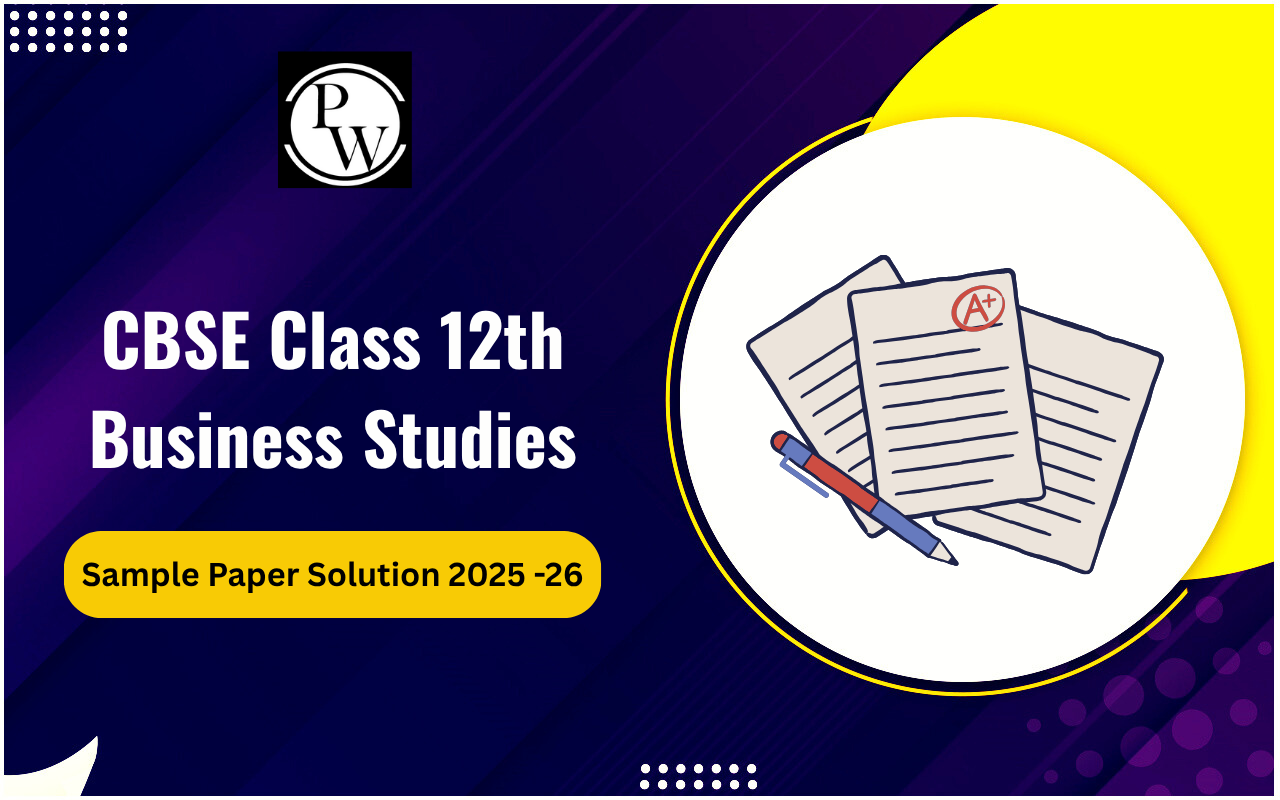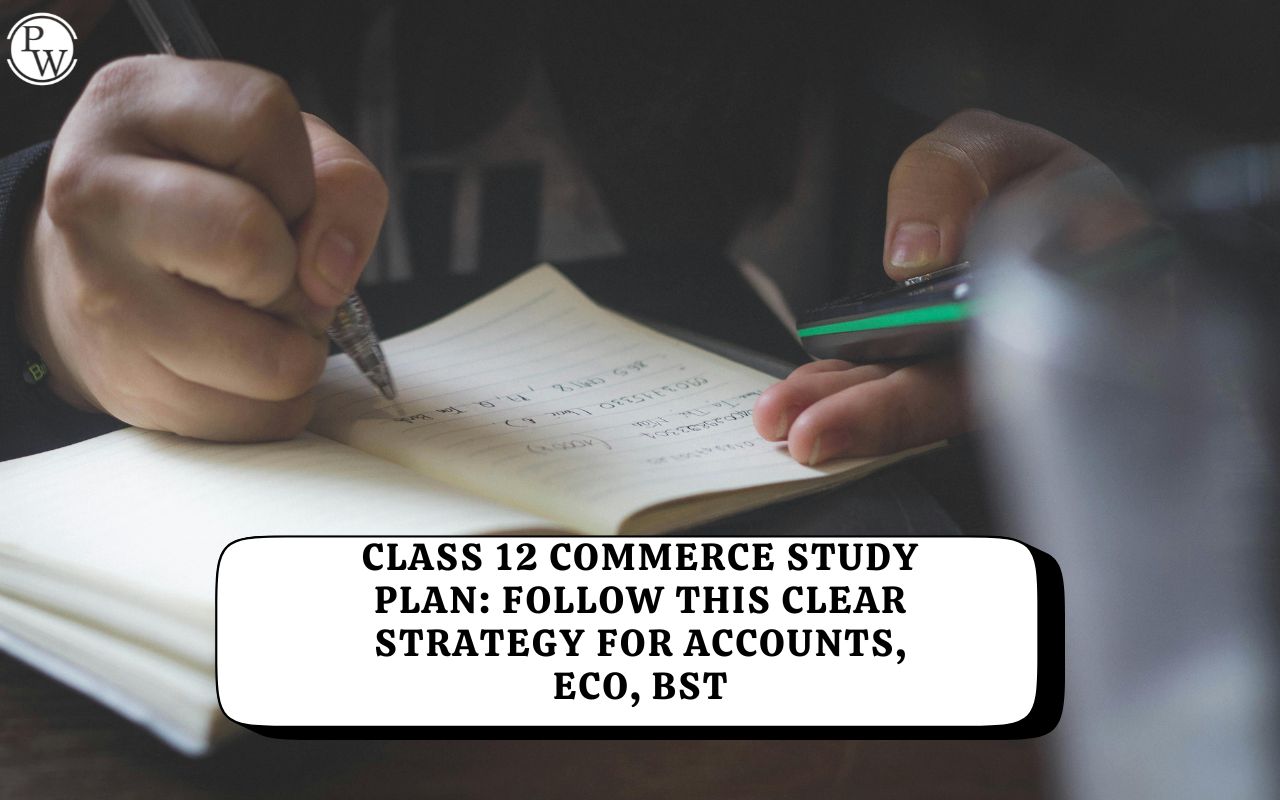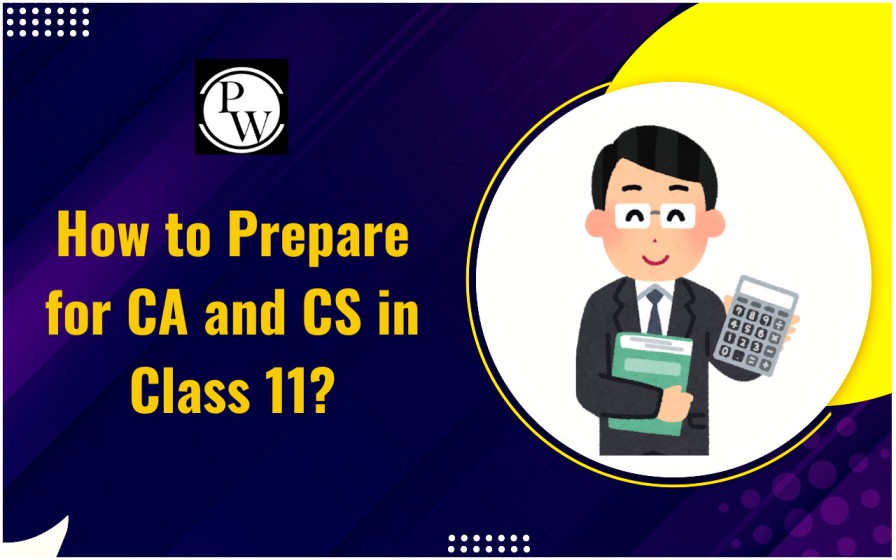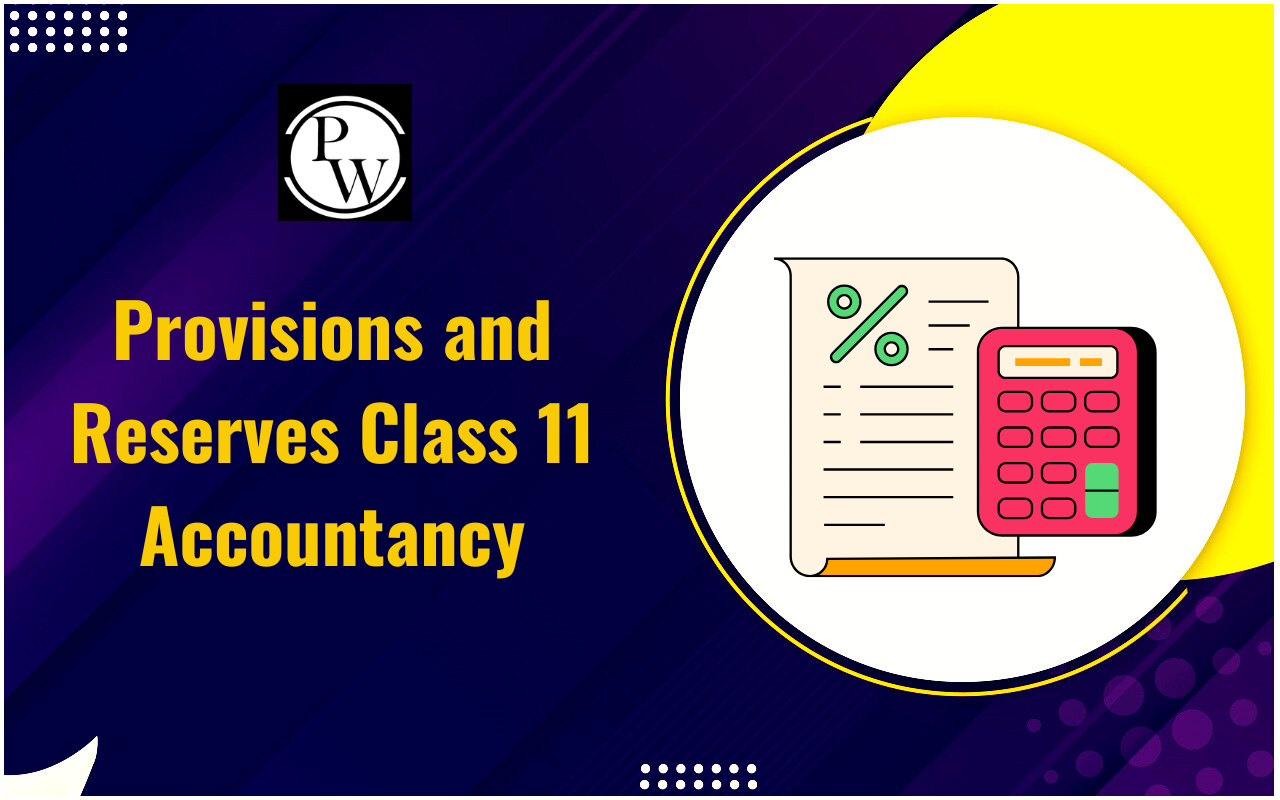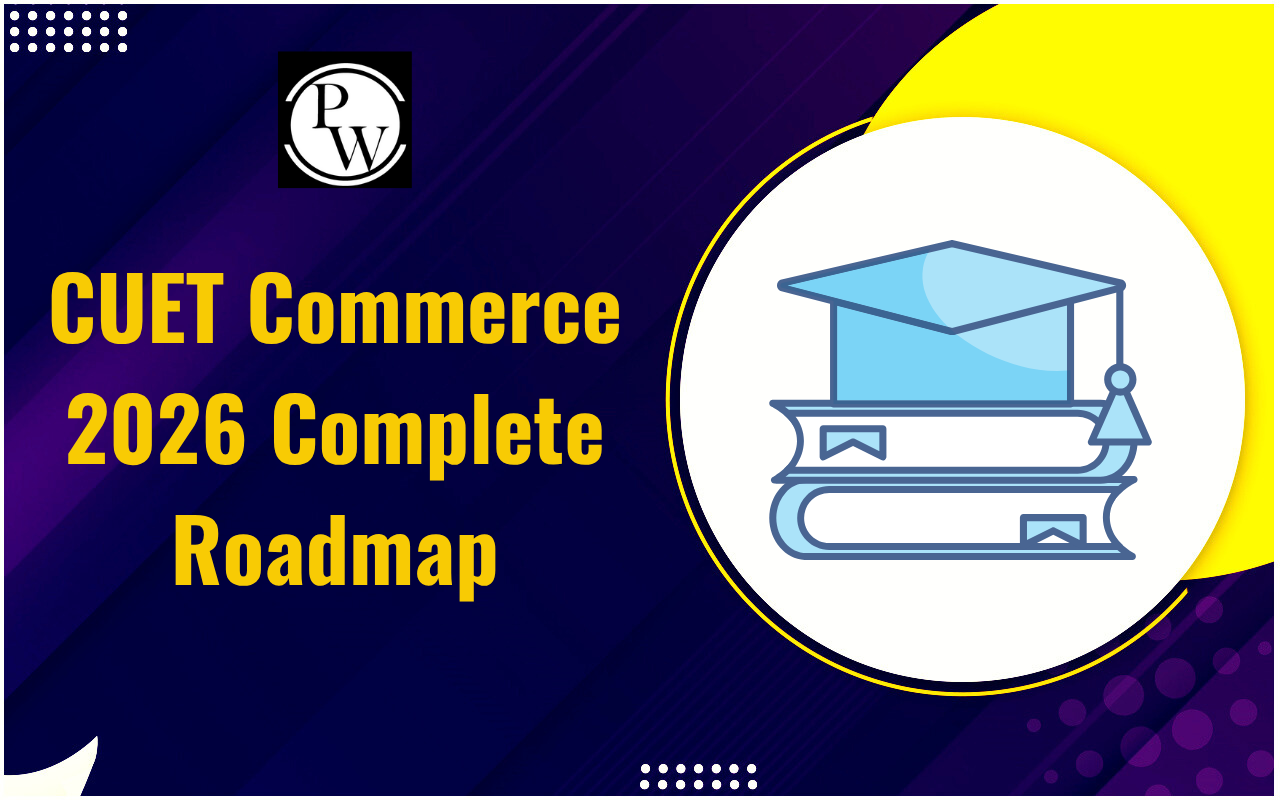
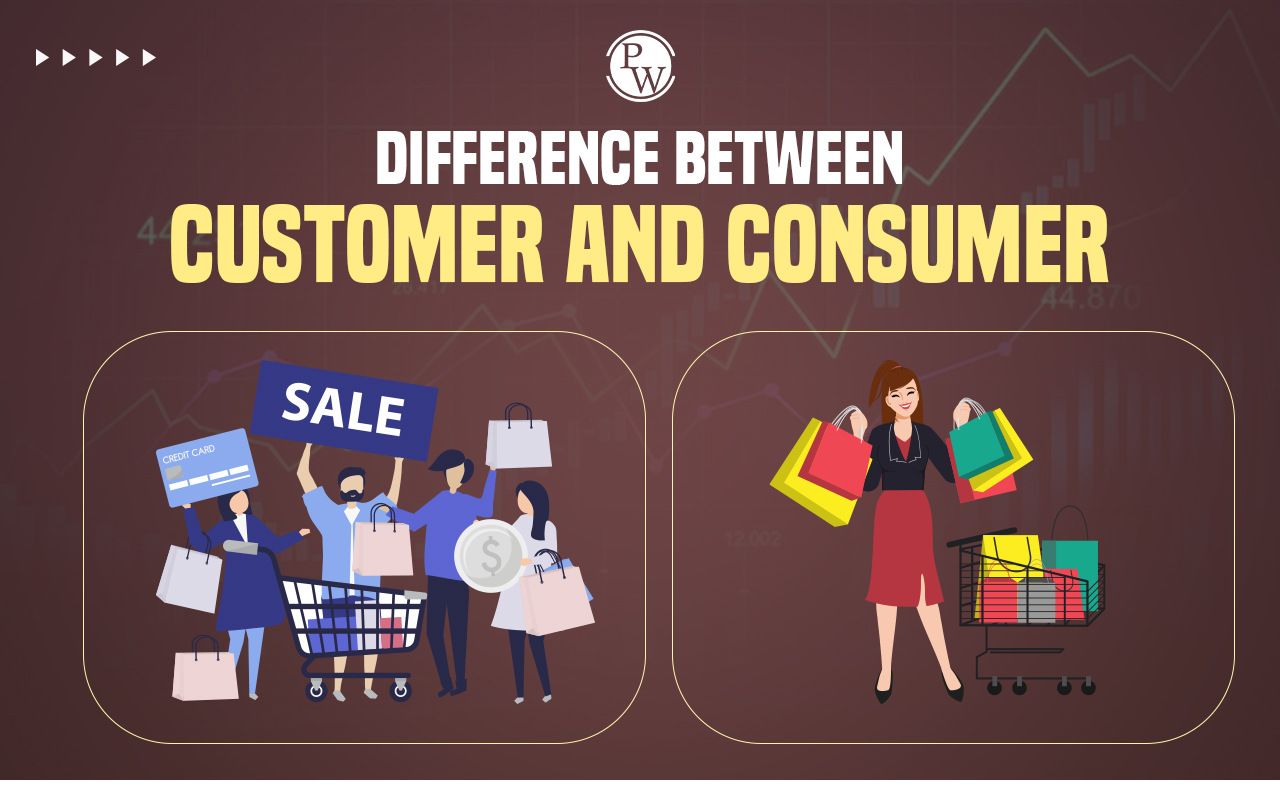
Marketing and advertising often employ terminology that can pose challenges for the general public to grasp. Similarly, many individuals tend to conflate the terms "Customer" and "Consumer," despite their distinct interpretations from the perspective of marketers. Although these terms may sound similar, they bear different meanings. In this article, we’ll find out the difference between customer and consumer.
What Is the Difference Between Customer and Consumer?
Every individual on the planet can be categorized as either a consumer or a customer in some capacity, and these designations are frequently misconstrued. Nonetheless, a consumer is an individual who utilizes or consumes goods, while a customer is someone who acquires the product and facilitates the financial transaction. On occasions, an individual may fulfill both roles as both customer and consumer when purchasing goods for personal use. Nevertheless, it is essential to recognize their disparity. This article aims to elucidate the differentiation between these two terms. The entirety of marketing efforts is directed toward influencing customer behavior, with the goal of prompting customers to undertake actions desired by marketers. Another noteworthy aspect to consider in the distinction between consumer and customer is that customers can also encompass businesses that procure and subsequently resell products or merchandise. In this situation their role is primarily that of customers, rather than consumers. They acquire products with the intention of passing them on to the end consumers. Also Read- What is Commerce? Meaning, Types, ExamplesWho is a Customer?
A customer is someone who regularly buys goods and services from a seller and makes payments to meet their needs. Often the person who purchases a product is also the one who uses it. That's not always true. For example, when parents buy something for their children the parent becomes the customer while the children are the ones who use it. Customers can also be called clients or buyers. Customers can be categorized into two distinct groups:- Trade Customer: These customers procure a product and then enhance its value before reselling it. Examples include resellers, wholesalers, and distributors.
- Final Customer: Final customers are those who purchase a product to satisfy their personal needs or desires.
- Present Customer: These are individuals who are currently engaged in purchasing and using the product.
- Former Customer: Former customers are individuals who have previously bought and used the product but are not currently doing so.
- Potential Customer: Potential customers are individuals who have not yet made a purchase but may do so in the future.
- Dealer: A dealer is usually someone who buys products from manufacturers or distributors and sells them directly to customers. Dealers are commonly found in settings. Have direct interactions with end users.
- Distributor: On the hand a distributor acts as a middleman between manufacturers and retailers or dealers. Distributors buy products in quantities from manufacturers. Then supply them to retailers or dealers who then sell them to customers. Distributors play a role in expanding the market reach. May offer additional services, like warehousing and transportation.
Who is a Consumer?
A consumer can be defined as an individual who purchases a product for their use and enjoyment. It is important to note that consumers are not allowed to resell the product. They are free to utilize it for their sustenance and self-employment. In terms, anyone who obtains and uses a product or service with the owner's permission is considered a consumer. To put it in perspective, a consumer is essentially the end user of goods or services. In the context of the economy, all individuals who engage in activities are consumers of various products. For example, when someone buys groceries from a store for their family, they act as a customer since they made the purchase. However, when they use these groceries to provide sustenance to family members, they become consumers themselves. Given below in a tabular column are the differences between Customer and Consumer.| Difference Between Customer and Consumer | |
| Customer | Consumer |
| Definition | |
| Customer is the one who is purchasing the goods. | Consumer is the one who is the end user of any goods or services. |
| Ability to resell | |
| Customer can purchase the good and is able to resell | Consumers are unable to resell any product or service. |
| Need for purchase | |
| Customers need to purchase a product or service in order to use it. | For a consumer purchasing a product or service is not essential. |
| Motive of buying | |
| The motive of buying is either for resale or for consumption | The motive of buying is only for consumption |
| Is payment necessary | |
| Must be paid by customer | May or may not be paid by the consumer |
| Target group | |
| Individual or Company | Individual, family or group |
Types of Customers
In the realm of business, customers hold a pivotal role. Indeed, customers serve as the ultimate authority, bearing the responsibility for a company's profitability. Various customer categories include:- Loyal Customers: These are the customers who consistently choose a particular brand or business for their needs. They have a strong attachment to the brand and often provide repeat business. Loyal customers are valuable because they contribute to long-term revenue and act as brand advocates.
- Impulse Buyers: Impulse buyers make purchasing decisions spontaneously, often without much thought or planning. They are influenced by emotions, sales promotions, or immediate needs. Retail stores often target impulse buyers with eye-catching displays and limited-time offers.
- Discount Shoppers: These customers are always on the lookout for discounts, coupons, and special deals. They prioritize cost savings over brand loyalty. Discount shoppers may switch brands based on price fluctuations.
- Window Shoppers: Window shoppers browse products without any intention of making an immediate purchase. They enjoy the shopping experience but may not convert into paying customers. Window shopping is common in malls and online stores.
- High-Value Customers: High-value customers spend significantly more than average customers. They may purchase premium products, sign up for loyalty programs, and provide positive reviews. Businesses often prioritize retaining these valuable customers.
- Challenging Customers: Challenging customers can be demanding, difficult, or even rude. They may complain frequently, request special treatment, or be hard to please. Handling challenging customers requires patience and effective communication.
- Brand Loyalists: Brand loyalists are passionate advocates for a specific brand or product. They actively promote the brand through word-of-mouth, social media, and reviews. Building a strong community of brand loyalists is essential for long-term success.
- One-Time Buyers: These customers make a single purchase and may not return. While they contribute to short-term revenue, businesses aim to convert them into repeat buyers through follow-up communication and personalized offers.
- Online Shoppers: Online shoppers prefer to shop via e-commerce platforms, websites, or mobile apps. They appreciate convenience, product variety, and easy comparison of prices and reviews.
- Bargain Hunters: Bargain hunters actively search for the best deals and discounts across different platforms. They compare prices rigorously before making a purchase decision.
Looking for the Best Commerce Coaching?
Enroll Now in PW Commerce Batches!
Types of Consumers
A service or product-producing company must identify various consumer categories when directing their products to maximize profitability. Some of these diverse consumer types include:- Loyal Consumers: These individuals consistently choose a specific brand or product over others. They exhibit strong brand loyalty and often make repeat purchases. Loyal consumers may actively recommend the brand to others and contribute to its long-term success.
- Price-Sensitive Consumers: Price-sensitive consumers prioritize cost savings and seek out discounts, promotions, and competitive prices. They are willing to switch brands if they find a better deal elsewhere.
- Impulse Buyers : Impulse buyers make spontaneous purchasing decisions based on emotions, immediate needs, or external cues (such as attractive displays or limited-time offers). They may not always plan their purchases in advance.
- Brand Explorers: Brand explorers enjoy trying out new products and experiences. They are open to experimenting with different brands and may switch based on novelty, trends, or curiosity.
- Convenience Seekers: Convenience seekers value ease and efficiency in their shopping experience. They prefer products and services that save time and effort, such as online shopping, home delivery, or subscription services.
- Health-Conscious Consumers: Health-conscious consumers prioritize products that align with their well-being. They read labels, seek organic or natural options, and may avoid certain ingredients or additives.
- Eco-Friendly Consumers: Eco-conscious consumers make choices based on environmental impact. They support sustainable practices, recyclable packaging, and brands committed to reducing their carbon footprint.
- Tech Enthusiasts: Tech enthusiasts eagerly adopt the latest gadgets, devices, and technological innovations. They stay informed about tech trends and are early adopters of new products.
- Luxury Consumers: Luxury consumers seek premium quality, exclusivity, and status symbols. They are willing to pay a premium for luxury brands and products that reflect their lifestyle or social standing.
- Budget-Constrained Consumers: Budget-conscious consumers carefully manage their finances and look for value-for-money options. They prioritize essential needs over luxury items and may shop during sales or clearance events.
Why are consumers important?
Consumers play a crucial role in the economy and business landscape. Here are several reasons why consumers are important:- Revenue Generation: Consumers directly contribute to a company’s revenue by purchasing products or paying for services. Their spending fuels economic growth and sustains businesses.
- Job Creation: As consumers buy products, businesses expand to meet the demand. This expansion leads to job creation across various sectors, from manufacturing and retail to services and technology.
- Innovation: Consumer feedback and demands inspire innovation. Companies strive to improve existing products or create new ones that better meet consumer needs. Innovations benefit both consumers and the overall economy.
- Competition: Consumers drive healthy competition among businesses. Companies compete to offer better quality, lower prices, and superior customer service to attract and retain customers.
- Feedback Loop: Consumer feedback helps companies understand what works well and what needs improvement. This feedback loop guides product development, marketing strategies, and overall business decisions.
- Brand Reputation: Satisfied consumers become brand advocates, spreading positive word-of-mouth recommendations. A strong brand reputation attracts new customers and retains existing ones.
- Economic Stability : Consumer spending contributes significantly to economic stability. During economic downturns, increased consumer spending can stimulate recovery.
- Social Influence: Consumers influence trends, cultural shifts, and societal norms through their choices. Brands that align with
- Stimulate Demand: Consumers serve as the primary catalyst for the demand of any product. Manufacturers of goods and services produce a wide array of offerings based on market demand.
- Generate Demand for Various Products: Diverse consumers exhibit a range of demands, with individual consumers often seeking various types of goods. This diversity prompts manufacturers to introduce a variety of products to the market.
- Bolster Demand for Consumer Goods: Consumers create a demand for a variety of consumer goods, including durable, semi-durable, and biodegradable items.
- Foster Service Diversification: Consumers not only utilize a diverse array of products but also engage in various services to enhance their quality of life. These services encompass education, healthcare, transportation, communication, banking, insurance, and more. This, in turn, contributes to the development and expansion of the service sector within the economy.
Difference Between Customer and Consumer FAQs
What’s the main distinction between a customer and a consumer?
The key difference lies in their roles. A customer actively purchases goods or services from a business, while a consumer encompasses anyone who uses or consumes a product, whether they pay directly or not.
Can a person be both a customer and a consumer?
Absolutely! Picture this: you buy that fancy coffee (customer) and then savor it while binge-watching your favorite show (consumer). You’re playing both roles simultaneously.
Are loyal customers always loyal consumers?
Not necessarily. Loyal customers stick to specific brands, but consumers—well, they’re a diverse bunch. Some explore, some influence, and some just window-shop without commitment.
How do businesses cater to both customers and consumers?
Smart businesses balance personalized customer experiences with broader consumer trends. They listen to feedback, innovate, and create products that resonate with both groups.
Can you give an example of consumers who don’t pay directly?
Sure! Think of influencers or reviewers—they consume products (like makeup or gadgets) but might not always pay for them directly. Their impact on brand perception is immense.
Talk to a counsellorHave doubts? Our support team will be happy to assist you!

Check out these Related Articles
Free Learning Resources
PW Books
Notes (Class 10-12)
PW Study Materials
Notes (Class 6-9)
Ncert Solutions
Govt Exams
Class 6th to 12th Online Courses
Govt Job Exams Courses
UPSC Coaching
Defence Exam Coaching
Gate Exam Coaching
Other Exams
Know about Physics Wallah
Physics Wallah is an Indian edtech platform that provides accessible & comprehensive learning experiences to students from Class 6th to postgraduate level. We also provide extensive NCERT solutions, sample paper, NEET, JEE Mains, BITSAT previous year papers & more such resources to students. Physics Wallah also caters to over 3.5 million registered students and over 78 lakh+ Youtube subscribers with 4.8 rating on its app.
We Stand Out because
We provide students with intensive courses with India’s qualified & experienced faculties & mentors. PW strives to make the learning experience comprehensive and accessible for students of all sections of society. We believe in empowering every single student who couldn't dream of a good career in engineering and medical field earlier.
Our Key Focus Areas
Physics Wallah's main focus is to make the learning experience as economical as possible for all students. With our affordable courses like Lakshya, Udaan and Arjuna and many others, we have been able to provide a platform for lakhs of aspirants. From providing Chemistry, Maths, Physics formula to giving e-books of eminent authors like RD Sharma, RS Aggarwal and Lakhmir Singh, PW focuses on every single student's need for preparation.
What Makes Us Different
Physics Wallah strives to develop a comprehensive pedagogical structure for students, where they get a state-of-the-art learning experience with study material and resources. Apart from catering students preparing for JEE Mains and NEET, PW also provides study material for each state board like Uttar Pradesh, Bihar, and others
Copyright © 2025 Physicswallah Limited All rights reserved.
Get App



